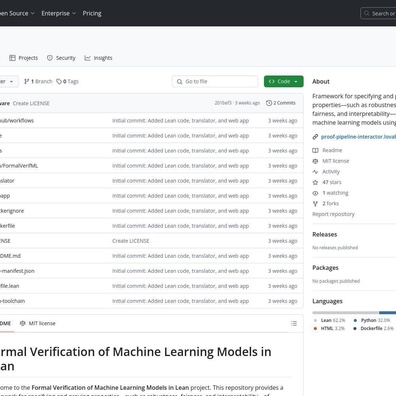News
Sonic Advance 2 Decompilation Project Revives Classic GBA Game for Modern Platforms
The gaming preservation community has achieved another milestone with the successful decompilation of Sonic Advance 2, the beloved Game Boy Advance title from the early 2000s. This project, which has reached 100% build matching with 92% code matching, allows the classic Sonic title to run natively on modern platforms including Linux, macOS, and Windows.Decompilation Projects Breathe New Life Into Classic GamesThe Sonic Advance 2 decompilation represents part of a growing trend in game preservation efforts. Community members have meticulously extracted and documented all elements of the original game, including sprite animations, tilemaps, and MIDI music files. The project has successfully built ROMs matching the original USA, European, and Japanese versions of the game, with additional ports for modern systems. Most notably, these ports feature widescreen support at 426x240 resolution, freeing the game from the constraints of the GBA's small screen.The GBA Sonic games are often slept on but I think they were amazing at recreating the feel of the original Mega Drive games, with great music and sprite work too. I've long thought they deserved a modern PC port in the style of Sonic 1 Forever or Sonic Origins, to free them from the cramped GBA screen.This project joins a growing list of decompilation efforts that have made classic games playable on modern hardware. Community discussions highlight similar projects for titles like The Legend of Zelda: Ocarina of Time, Majora's Mask, Perfect Dark, and Sonic Unleashed. These projects typically enable enhanced features like ultrawide monitor support, higher framerates, and improved controls that weren't possible on the original hardware.Project StatusBuild matching: 100%Code matching: 92%Contributors: 10Compatible ROMs:sa2.gba (USA)sa2_europe.gba (Europe)sa2_japan.gba (Japan) (Work in Progress)Modern platform ports:Linux/MacOS SDL 64bitWindows SDL 64bitWin32 native port (not functional)Resolution: Widescreen port (426x240)SEGA's Permissive Approach to Fan ProjectsA notable aspect of the discussion surrounding this project is SEGA's relatively tolerant stance toward fan-made content. Unlike some publishers who aggressively protect their intellectual property with DMCA takedowns, SEGA has historically allowed fan projects to flourish as long as they don't profit from the company's IP. This permissive approach has fostered a vibrant community of Sonic fan games and preservation projects.Community members contrast this with Nintendo's typically stricter enforcement of copyright. The project developers themselves note that if they ever face legal challenges, they plan to pivot to developing tools that can automatically extract assets rather than distributing them directly. However, they point to SEGA's long history of tolerance, citing fan projects like Sonic Robo Blast 2 that have existed since the early 2000s without interference.Technical Challenges of DecompilationThe decompilation process involves painstaking work to reverse-engineer compiled code back into human-readable source code. Project contributors revealed that artificial intelligence tools currently offer limited help in this process. While AI can provide rough outlines of function layouts, it struggles with creating reasonable human-like structs that must be inferred from assembly code.Instead, developers relied on tools like Ghidra for decompilation assistance, though even these have limitations. The project represents thousands of hours of manual effort to recreate the game's code in a way that produces identical binary output when compiled. This matching decompilation approach ensures the game behaves exactly like the original while enabling modifications for modern systems.The discussion also touched on the game engine itself. Sonic Advance 2 was built on a minimal engine developed by Dimps, first implemented in Sonic Advance 1 and refined for subsequent games. This engine provided basic functionality for rendering sprites and backgrounds, along with a task system to compensate for the GBA's lack of native threading capabilities.Game Preservation and Source Code RetentionAn interesting tangent in the community discussion concerned how game companies manage their historical source code. Several commenters speculated that many older game source codes have been lost, as games were often considered throwaway projects in the industry's earlier days. Version control systems that are standard today were rare in game development until relatively recently, with even major titles like DOOM being developed by passing disks with source files between team members.While some games from the early 2000s may have been developed with version control systems like CVS or SVN, the ownership situation for Sonic Advance 2 is complicated. The game was published in the West by THQ, which later went bankrupt, leaving questions about who currently owns the rights. This uncertainty makes an official re-release unlikely, further highlighting the importance of community preservation efforts.The Sonic Advance 2 decompilation project represents not just technical achievement but cultural preservation. By making this classic GBA title playable on modern systems with enhanced features, the project ensures that new generations of players can experience this often-overlooked chapter in Sonic's history. As one commenter noted, the Advance series is frequently forgotten in discussions of 2D Sonic games, despite capturing the essence of what made the original games special. Thanks to this community effort, these games may find a new audience on the platform that has become, somewhat surprisingly, the definitive platform for playing a lot of these older Sonic games - the PC.Reference: Sonic Advance 2
Handheld Game
4 hours ago
Oracle Cloud Free Tier: A Cost-Effective Alternative for Self-Hosting TURN Servers
CloudComputing
4 hours ago
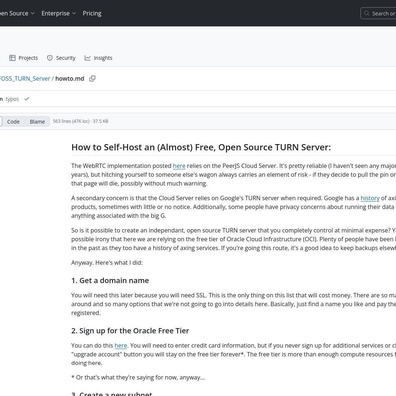
Apple Intelligence vs. Google One AI Premium: Why Some AI Features Are Worth Paying For
AI
5 hours ago

Realme 14 5G Debuts with Snapdragon 6 Gen 4 and Massive 6,000mAh Battery
Phone
10 hours ago
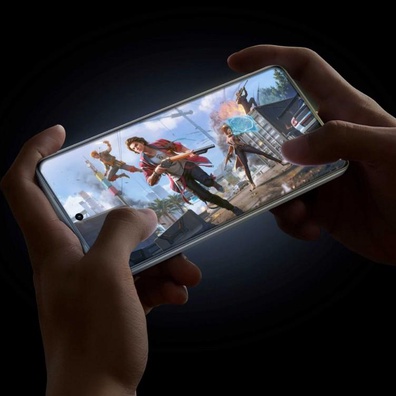
Former Intel and TSMC Executives Question Intel's Future in Semiconductor Leadership
Intel
13 hours ago
Bill Gates Predicts AI Will Enable Two-Day Workweeks Within a Decade
AI
17 hours ago

Google Maps Unveils Major Trip-Planning Features Including Screenshot Integration and Gemini AI Support
Apps
17 hours ago
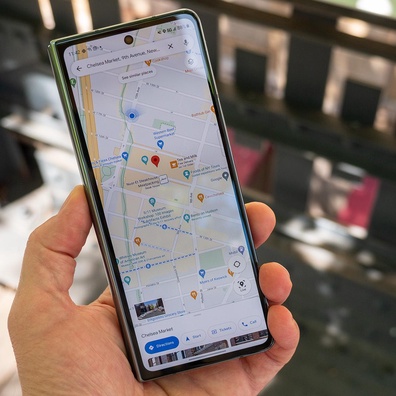
Google Shifts Android Development to Private Branches While Maintaining Open Source Commitment
Android
17 hours ago

Judge Dismisses Samsung's Preemptive Galaxy Ring Patent Lawsuit Against Oura
Wearable devices
18 hours ago

AYANEO Unveils Pocket ACE: The Most Powerful Compact Retro Gaming Handheld Yet
18 hours ago

Snapdragon 8 Elite Gen 2 Specs Leak: Same CPU Layout But With TSMC's Advanced 3nm Process
19 hours ago

Taiwan Investigates SMIC For Illegal Recruitment Operations and Engineer Poaching
21 hours ago
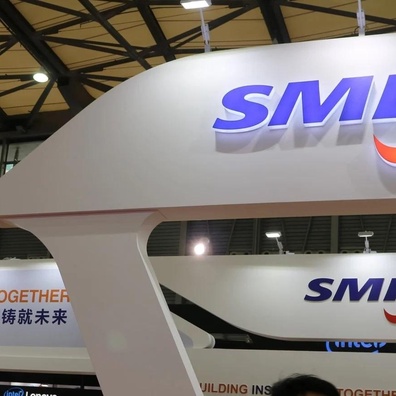
Google Addresses Pixel Watch Issues in Wear OS 5.1 Update While Gemini AI Features Loom on Horizon
AI
22 hours ago
HMD Barbie Phone: The Perfect First Phone for Young Users Now on Sale for $100
Phone
23 hours ago

Apple's Foldable iPhone to Feature Liquid Metal Hinge and iPad-Like 4:3 Aspect Ratio
Phone
23 hours ago

Light Phone 3 Launches: Minimalist Design Meets Maximum Price at $799
Phone
23 hours ago
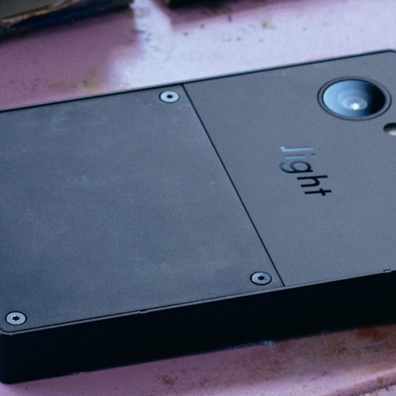
Samsung Galaxy S25 Edge Renders Leak: Ultra-Slim Design and Titanium Frame Confirmed
Phone
Yesterday

Rost: German-Language Rust Sparks Debate on Programming Language Localization
Yesterday
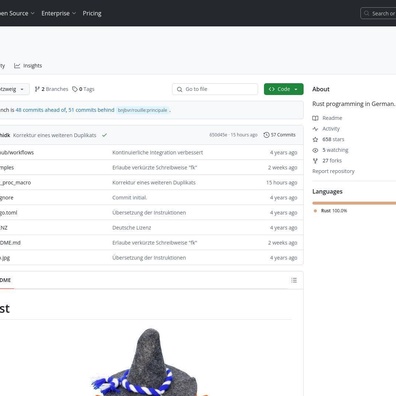
Meizu Confirms Note 16 Series Launch Next Month, Flagship Meizu 22 Coming This Summer
Phone
Yesterday
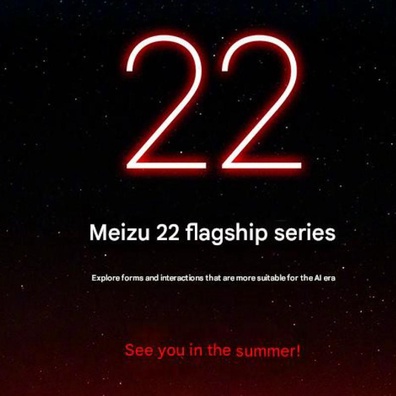
Community Skeptical of Claims Made by Formal Verification of ML Models in Lean Project
AI
Yesterday
